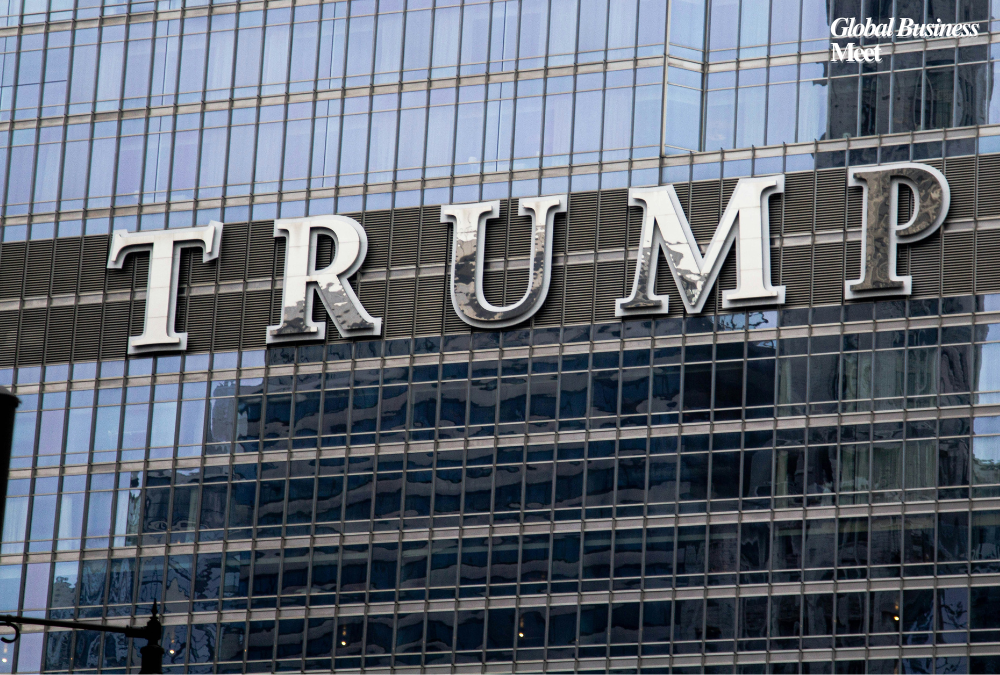
Bitcoin could reach a market capitalization of at least $10 trillion as financial derivatives such as options and futures continue to mature, according to market analyst James Van Straten. These products are attracting institutional investors to the crypto space and helping reduce the volatility that has long defined the market for digital assets.
Van Straten believes that the growing use of derivatives is laying the foundation for a more stable and liquid Bitcoin market. “CME options open interest is at an all-time high, partly driven by systematic volatility selling strategies like covered calls. This points to a more mature market structure with deeper derivatives liquidity around Bitcoin,” he explained.
Derivatives Bring Stability and Institutional Confidence
Options contracts are financial instruments that give investors the right, but not the obligation, to buy or sell an asset at a predetermined price within a certain timeframe. They are widely used in traditional markets to hedge risk, manage price swings, and generate additional returns. In the context of Bitcoin, the rise of options, futures, and other derivative products is signaling a shift toward a more sophisticated financial ecosystem.
Institutional investors often rely on derivatives because they allow for risk management and strategic positioning without the need to directly hold the underlying asset. As Bitcoin derivatives markets deepen, large financial institutions feel more confident allocating capital to the space. This influx of institutional money can significantly boost market capitalization, potentially taking Bitcoin toward the $10 trillion mark.
Van Straten also noted that derivatives help stabilize the market by smoothing out extreme price movements. Volatility, which has historically been both a risk and a feature of cryptocurrencies, tends to decrease as markets mature. However, he cautioned that while this reduced volatility may protect investors from steep losses, it could also temper the explosive gains that Bitcoin traders have seen in the past.
A More Mature Bitcoin Market Is Emerging
Data from the Chicago Mercantile Exchange (CME), the world’s largest derivatives marketplace, supports this view. Open interest in Bitcoin futures and options has reached record levels, suggesting that institutional demand for structured products is increasing rapidly. These instruments not only provide liquidity but also enable sophisticated trading strategies, such as covered calls and volatility selling, which further contribute to market stability.
The growing role of derivatives is also seen as a sign that Bitcoin is evolving from a speculative asset into a mature financial instrument. For years, cryptocurrency markets were dominated by retail traders driven by hype, momentum, and fear of missing out. Today, the presence of regulated derivatives products and institutional players is reshaping the landscape.
Debate: Are Traditional Market Cycles Over?
Despite the optimism around Bitcoin’s growing maturity, analysts remain divided on how derivatives and institutional involvement will affect the asset’s historical market cycles. One of the biggest questions is whether Bitcoin’s traditional four-year cycle, historically influenced by halving events and market psychology is now obsolete.
Seamus Rocca, CEO of Xapo Bank, argues that it is not. He believes that despite institutional participation and financial innovation, factors such as news cycles, crowd sentiment, and investor psychology will continue to drive market behavior. “So many people are saying, ‘Oh, the institutions are here, and therefore the cyclical nature of Bitcoin is dead.’ I’m not sure I agree with that,” Rocca said.
Bitcoin advocate and market analyst Matthew Kratter shares this perspective. He contends that human psychology, rather than financial instruments, remains the dominant force in market movements. “The very last Bitcoin crypto bear market from 2021 to 2022 was mostly caused by institutional investors doing really stupid things at places like Grayscale, Genesis, Three Arrows Capital, and FTX,” Kratter noted.
The Road to $10 Trillion
While opinions differ on how derivatives will shape Bitcoin’s long-term trajectory, there is a growing consensus that they will play a central role in its evolution. By bringing greater liquidity, risk management tools, and institutional participation, options and futures could help Bitcoin transition from a volatile speculative asset into a core part of the global financial system.
If this trend continues, Van Straten’s $10 trillion prediction may no longer seem far-fetched. Whether driven by sophisticated investment products or human behavior, Bitcoin’s journey toward mainstream adoption appears to be accelerating, and derivatives may be the key to unlocking its next major milestone.














































